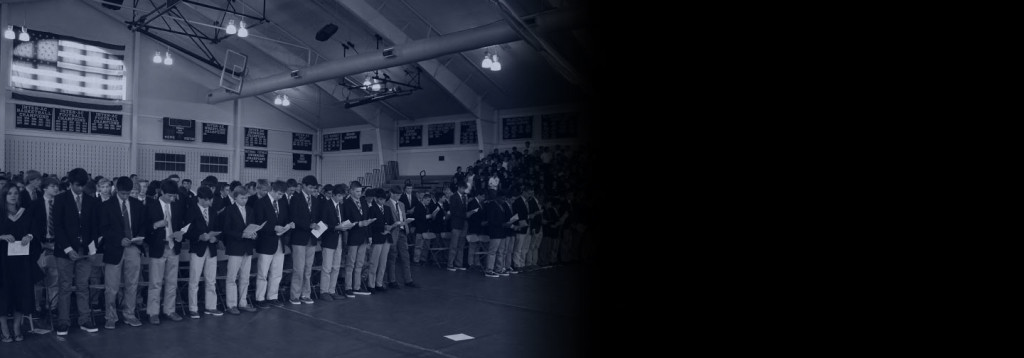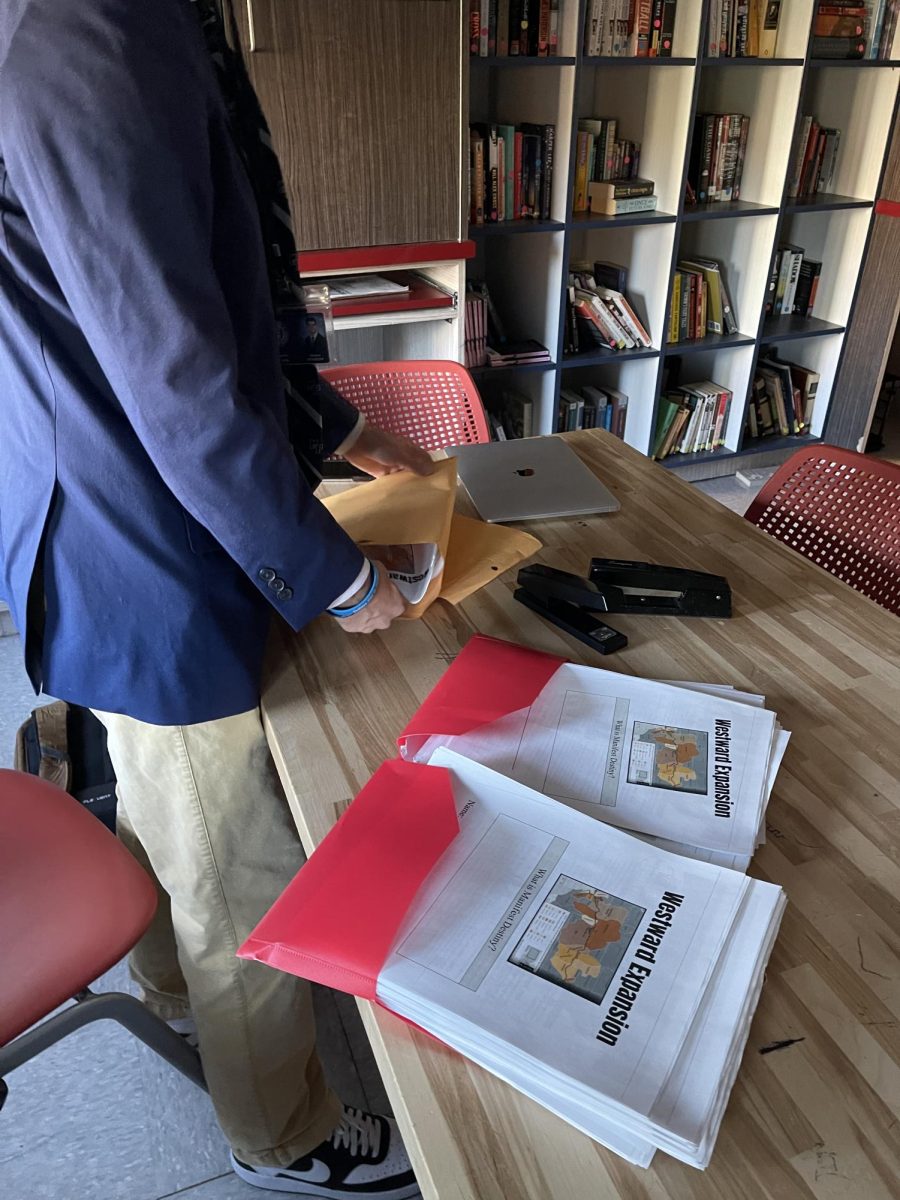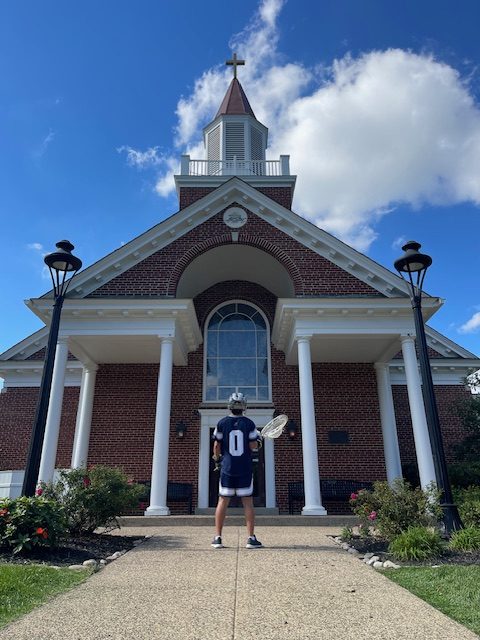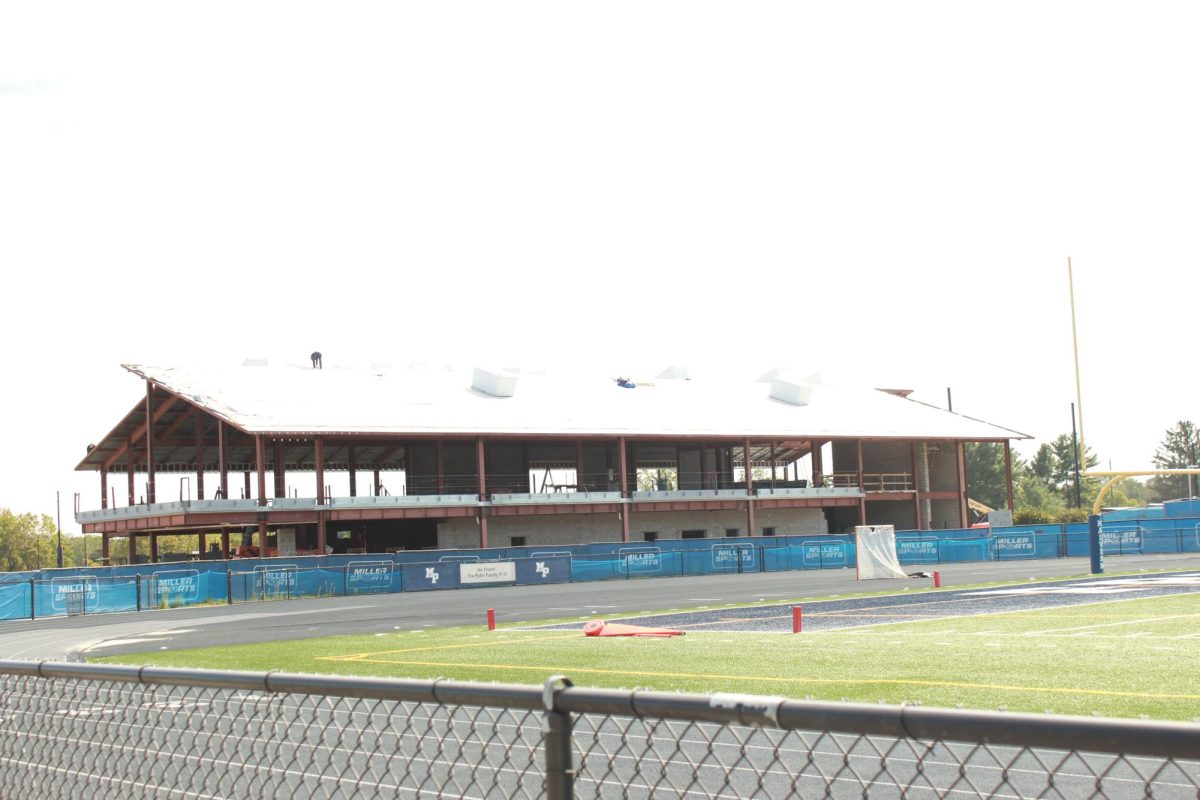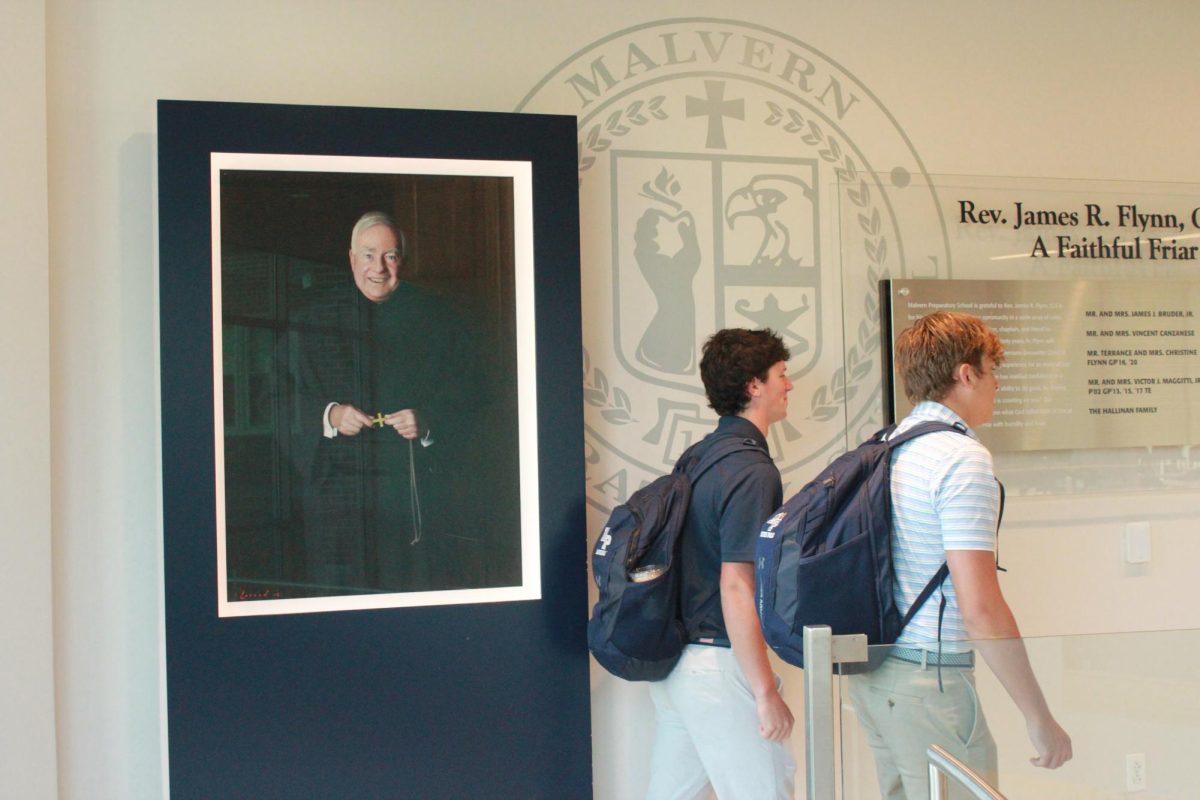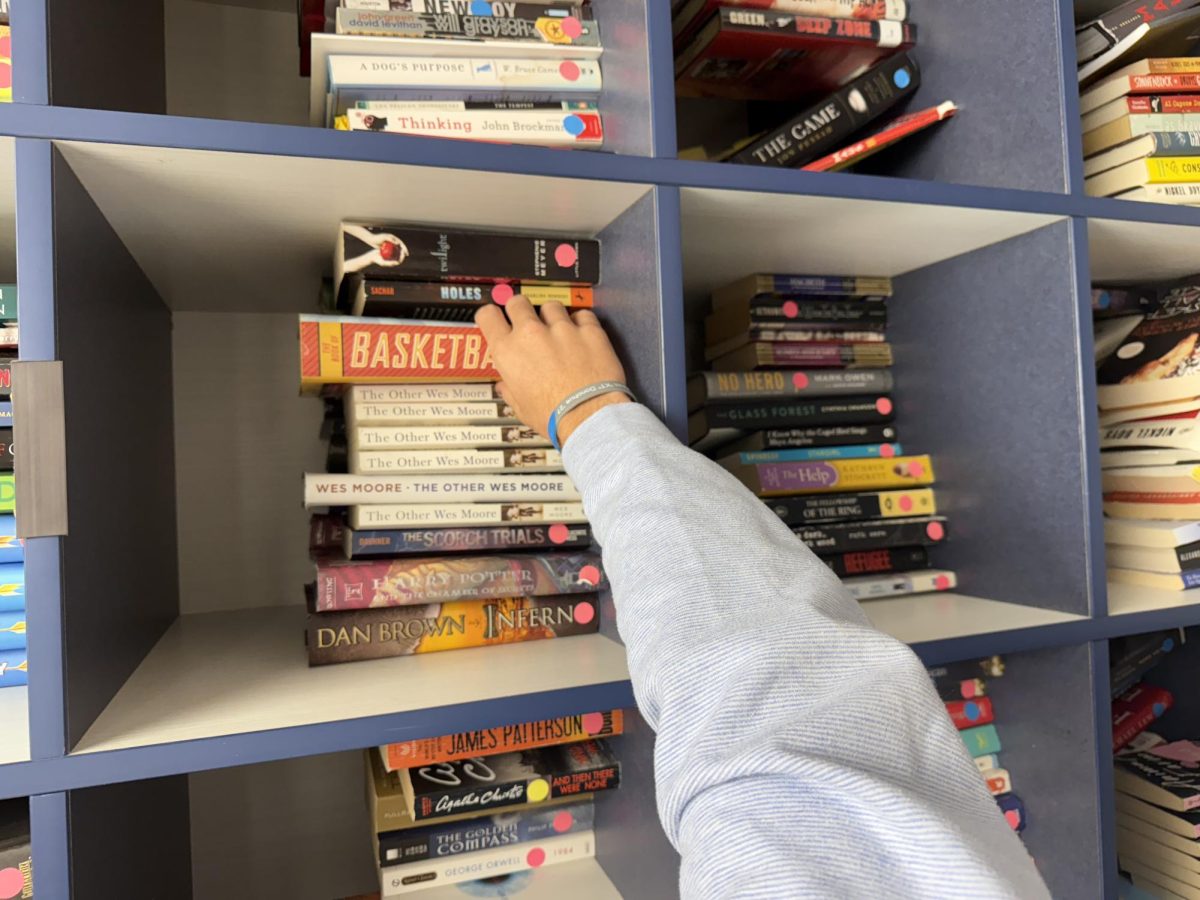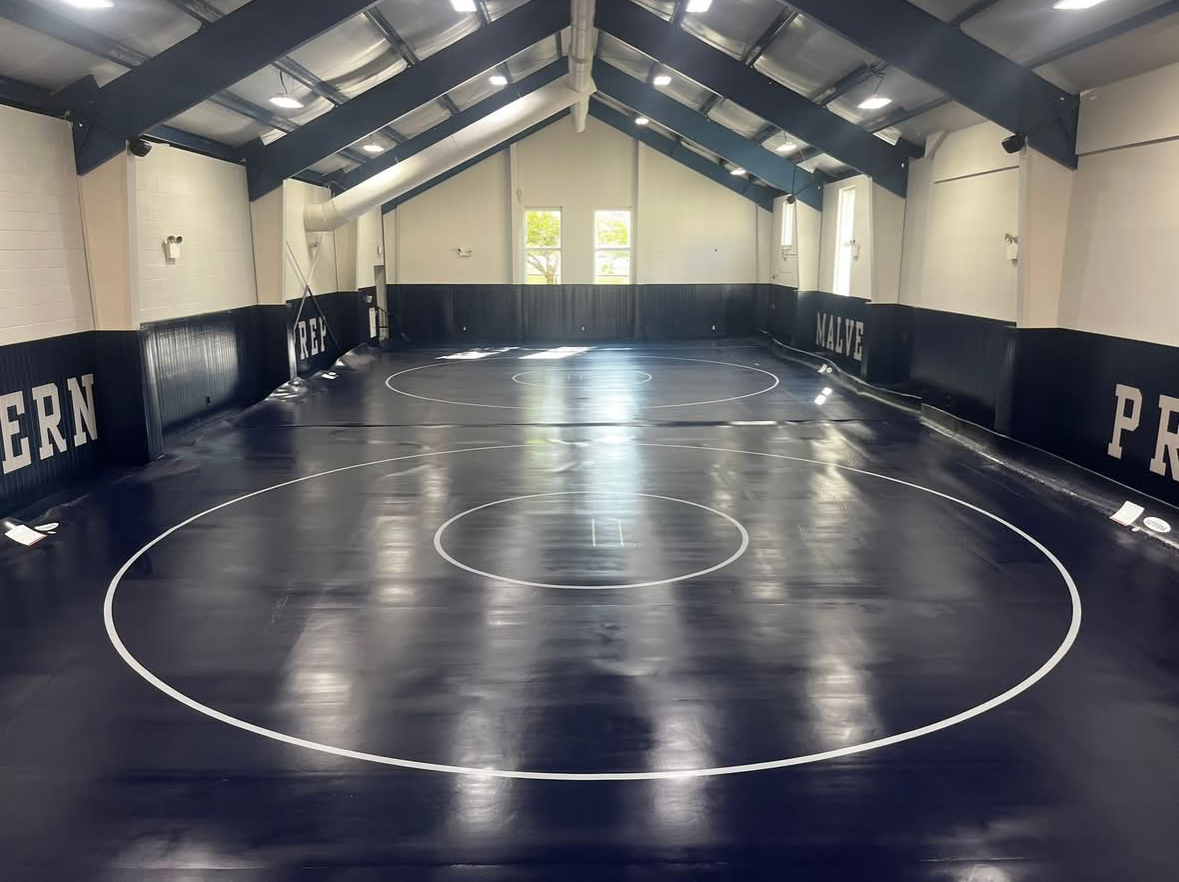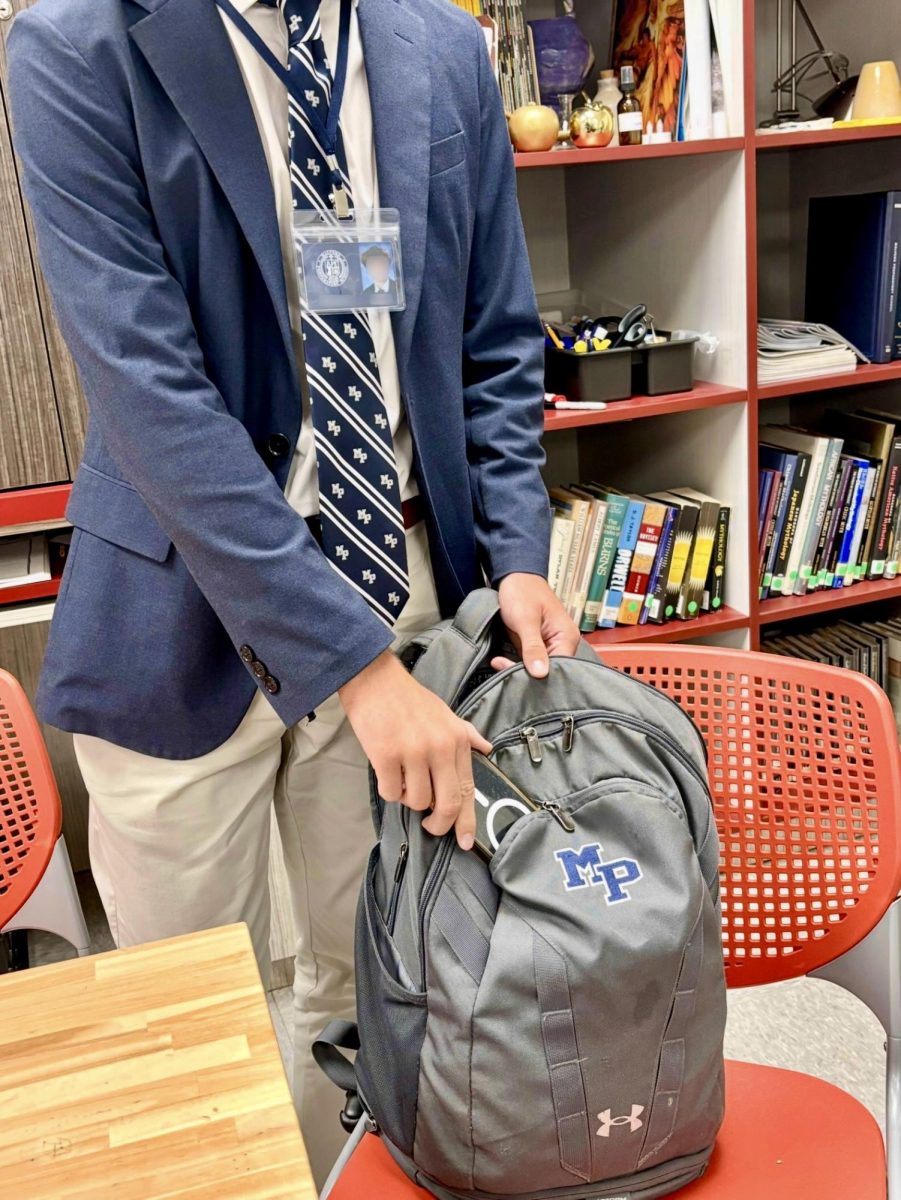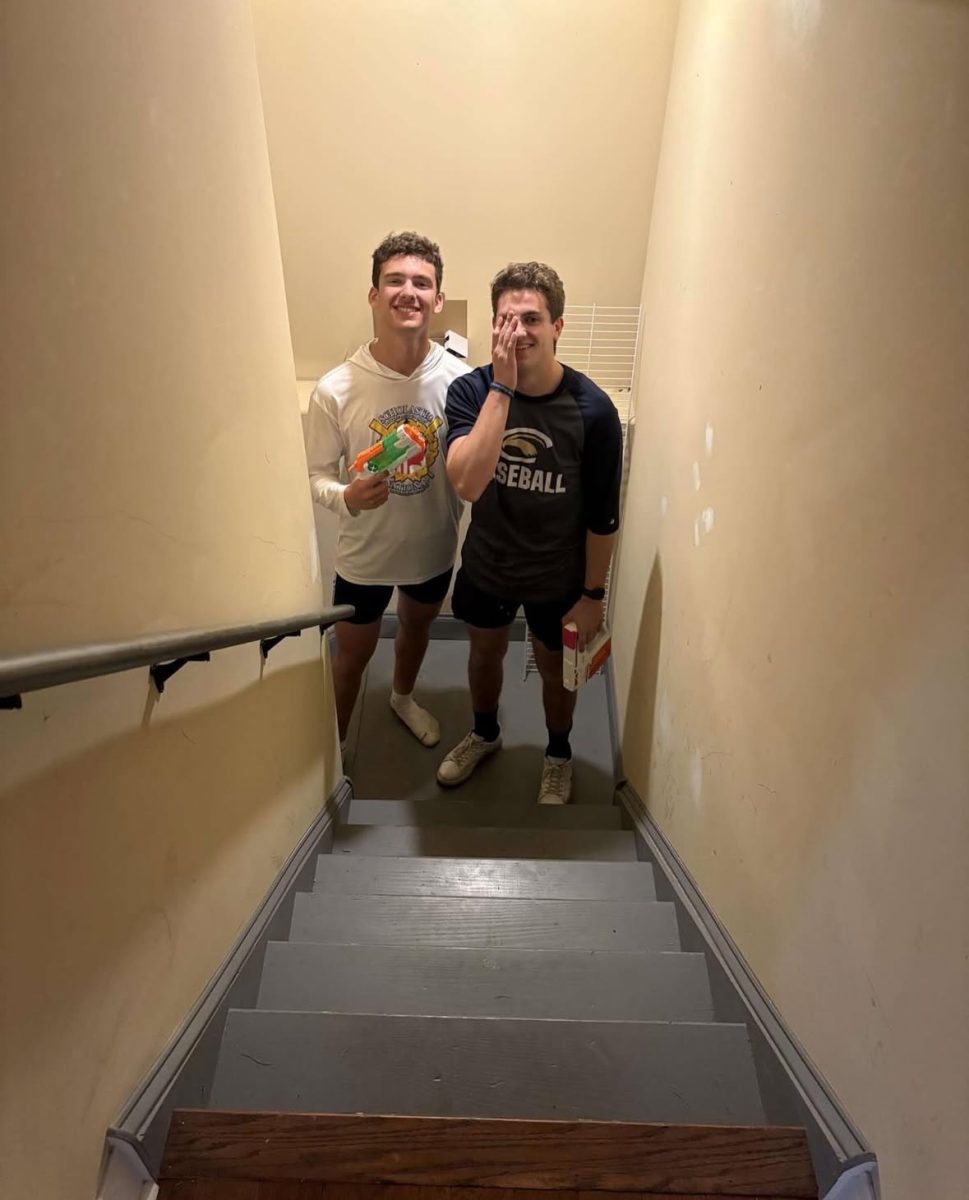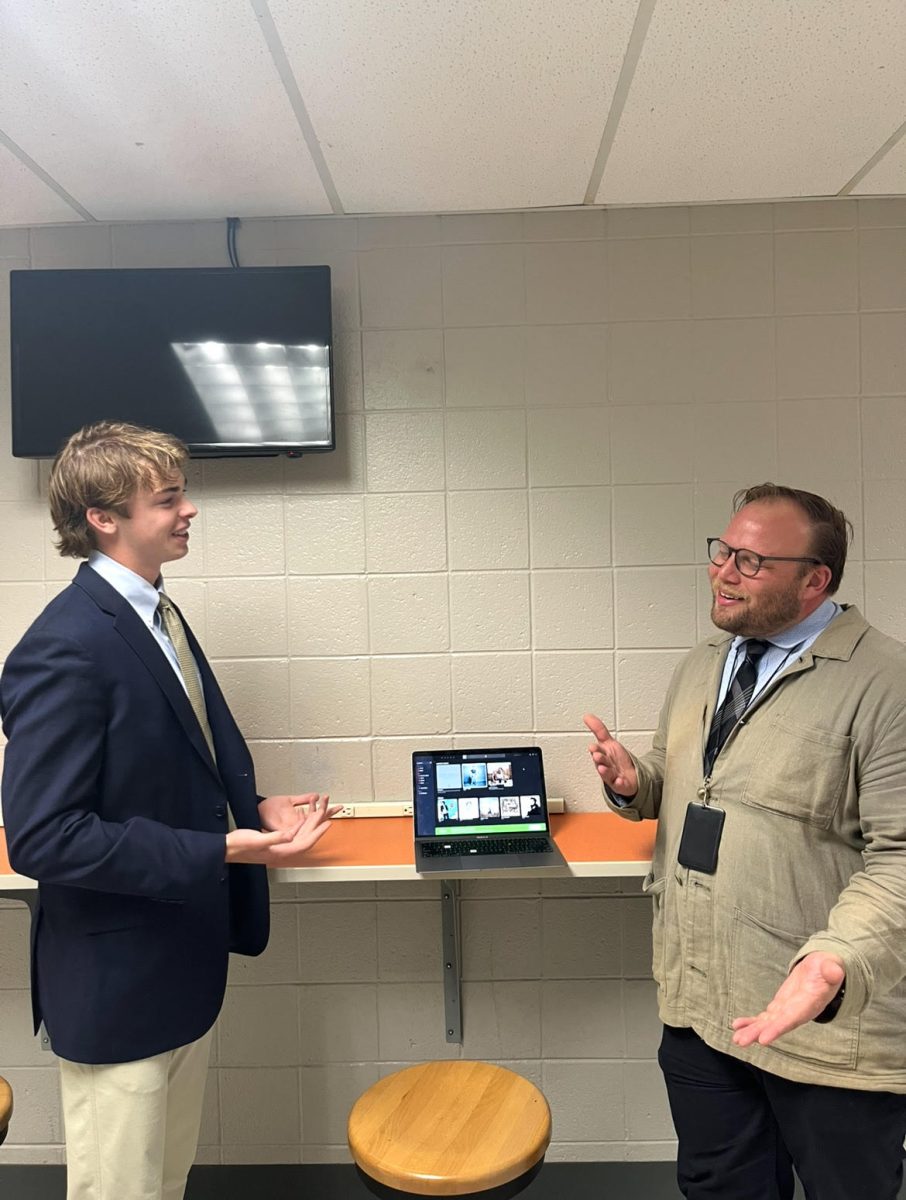In the fall of 2013, the Board of Trustees unveiled a new plan to increase diversity, including a rarity – a quantitative goal. The school wishes to increase the diversity from 6.6% at the time it was rolled out to a schoolwide 20% by 2019.
In June, as part of the plan, Malvern added its first-ever Assistant Director of Admissions and Diversity, Mr. Patrick Williams ‘03.
“This 2019 class did not see much of a change [in recruitment]. I came in June, and [Director of Admissions] Mr. Kenney was only in his first year, so he was trying to make sure he was cultivating relationships with the feeder schools we already had in place,” said Williams.
However, even without significant changes to Malvern’s recruitment process, the Diversity Oversight Committee estimates the Class of 2019 will have 13-16% racial diversity. This is largely due to the high number of diverse students in the eighth grade class expected to matriculate into the freshman class. Williams said it is the most diverse class in terms of percentage that Malvern has ever seen.
This past year, Kenney said Malvern began to reach out to programs such as A Better Chance. According to their website, “A Better Chance is the oldest and only national organization of its kind changing the life trajectory for academically talented youth of color via access to rigorous and prestigious educational opportunities for students in grades 6-12.”
According to Williams, the next step is going to be building relationships with more racially diverse areas within a 10 mile radius, such as the Norristown/Methacton area. This is because busing is available for students within these areas. Williams indicated that it has been difficult to get students from more urban areas such as Philadelphia due to transportation challenges.
“Imagine it like a net. There are all these students in Philadelphia and there is a huge net of independent schools along route 30 and in Philadelphia,” said Williams. “So, there are all these students getting sucked in by the net and we get a handful of them every year.”
Williams note that it will cost more money to increase Malvern’s diversity. “You can’t go from 8% to 20% without expecting increasing financial aid,” said Williams. “I think there will be a mix that are full-payers or close to it and then also financial need.”
“It is the same as it is now, I think roughly 60% of our students of color receive financial aid. The goal is to get to a more 50-50 split,” said Williams.
Some students have expressed concerns either to the Diversity Awareness Club members or in Counseling classes that Malvern will be lowering academic standards as part of the Diversity Initiative.
According to Williams, the effect will be quite the opposite. Malvern wants to increase the pool of visually diverse students so that they can be even more selective in who they can accept within that pool.
Williams mentioned a program Mr. Christian Talbot put in place at his previous school and alma mater, Regis High School in New York City. According to Regis High School’s website, “REACH is an educational and leadership program that prepares students to earn scholarships to Regis, as well as other leading Catholic high schools in New York City.” REACH offers summer and Saturday classes to help prepare Middle School students for a rigorous high school experience. According to Williams, Malvern has been approached about partnering with a program similar to REACH run by St. Joseph’s Prep called Camp Magis.
Talbot noted that low income was the most important criterion for REACH, and that over 90% of students in the program come from racial or ethnic minority families.
Another possibility, according to Williams, is a Regional Diversity Student Fair. “[It] would enable us to get in front of a large number of students of color at once while simultaneously providing those students and their families access to a large number of schools that they otherwise may not ever hear about,” said Williams.
The fair would consist of 15 local independent schools, including every Inter-Ac school, according to Williams. It is still in preliminary stages of development, but there are plans for the first student fair to take place this October 2015.
Dr. Sayers, school psychologist and moderator of the Diversity Awareness Club, acknowledges that there are many challenges ahead as Malvern works to meet the goals of the Diversity Initiative.
In an email interview Sayers said, “Some of the challenges we face as the diversity in our community grows include: creating the support systems so all students feel a part of the community while being celebrated for who they are, providing resources for those who may not have access at home or in their community, helping the students of the majority culture (white students) not feel threatened by the diversity, but rather embrace it.”
“I know there is a lot more to do,” said Sayers.
Sayers and Talbot also believe that that not only the students, but also families need to be included in the diversity education.
“I think this needs to be done carefully,” said Sayers. “Opportunities need to be created so families have the opportunity to ‘get close’ and begin to understand the diversity – whatever diversity it may be – from another perspective.”
[learn_more caption=”Rationale for Diversity Initiative”]
According to Mr. Talbot, there are two reasons, one mission-based and one context-based.
“From a mission perspective, St. Augustine frequently referred to “The Body of Christ” image from St. Paul. (It’s not a coincidence that Malvern’s liturgical choir sings “We Are One Body,” which was written by an Augustinian priest.) The premise of The Body of Christ concept is that it requires many different members to come together to build unified body. In the Gospels, Jesus spoke to diverse communities in his religiously, ethnically, and politically diverse place and time. I imagine this had some impact on the way St. Augustine understood his call to live out the Gospels.
The other reason is contextual. Because we live in an age of a fully globalized economy and society, students develop a competitive advantage by learning with and from a diverse group of peers (and teachers, moderators, coaches). To formulate that in the reverse, students experience a significant disadvantage by learning in a homogeneous environment. The earlier and more frequently students learn in a diverse atmosphere, the better equipped they will be to succeed in college and beyond.”
[/learn_more]


